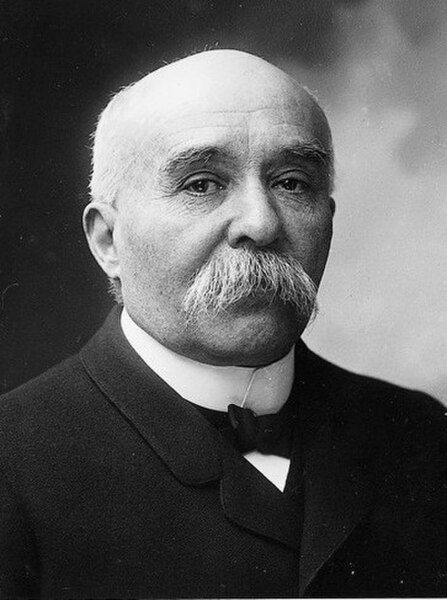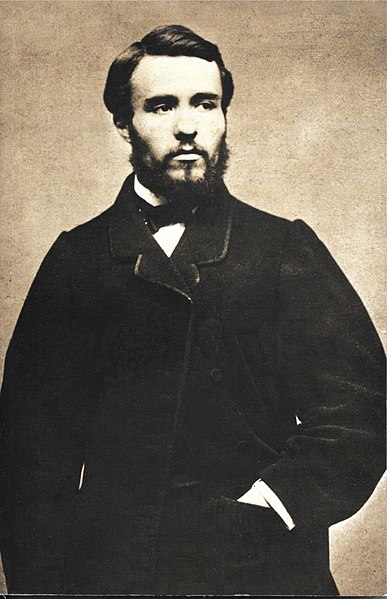Revolt of the Languedoc winegrowers
The Revolt of the Languedoc winegrowers was a mass movement in 1907 in Languedoc and the Pyrénées-Orientales of France that was repressed by the government of Georges Clemenceau.
It was caused by a serious crisis in winemaking at the start of the 20th century.
The movement was also called the "paupers revolt" of the Midi.
It was marked by the fraternization of the 17th line infantry regiment with the demonstrators in Béziers.
Meeting of winemakers addressed by Ernest Ferroul, Mayor of Narbonne, and Marcelin Albert
L'Assommoir of Père Colombe, 1906 edition of l'Assommoir by Émile Zola
Le Monde illustré n° 674, 1870, the administration pours fake wines seized in the Entrepôts de Paris into the Seine
In Maraussan the winemakers receive the representatives of the consumer cooperatives, their customers, in front of the common cellar
Georges Benjamin Clemenceau was a French statesman who served as Prime Minister of France from 1906 to 1909 and again from 1917 until 1920. A physician turned journalist, he played a central role in the politics of the Third Republic, particularly amid the end of the First World War. He was a key figure of the Independent Radicals, advocating for the separation of church and state, as well as the amnesty of the Communards exiled to New Caledonia.
Portrait by Nadar, 1904
Clemenceau at age 24, c. 1865
Mary Clemenceau in period costume. Portrait by Ferdinand Roybet
An 1887 painting of a French child being taught about the "lost" province of Alsace-Lorraine in the aftermath of the Franco-Prussian War dramatizes the main goal of Clemenceau and the French in general, to regain those provinces








